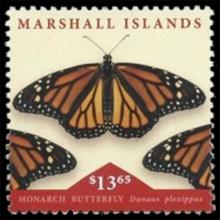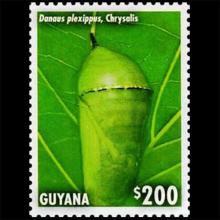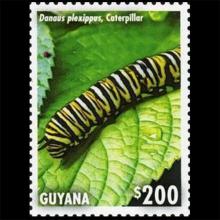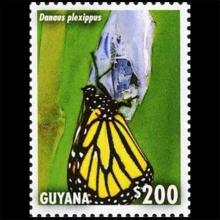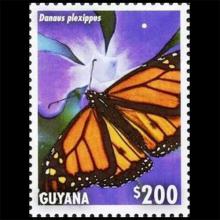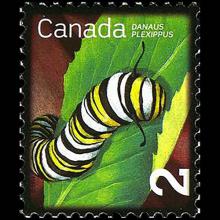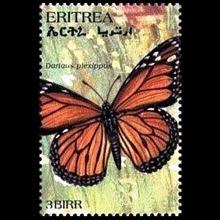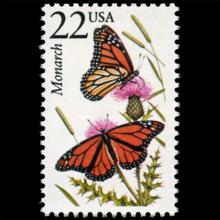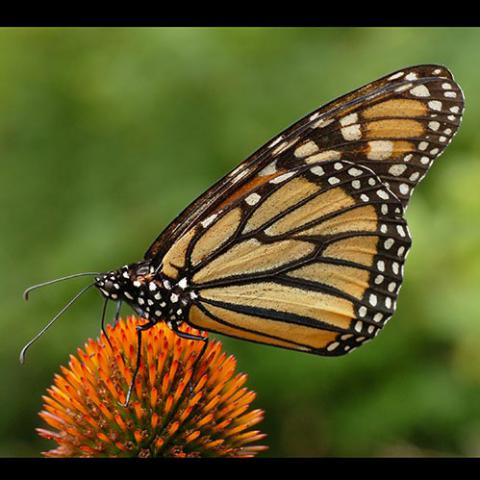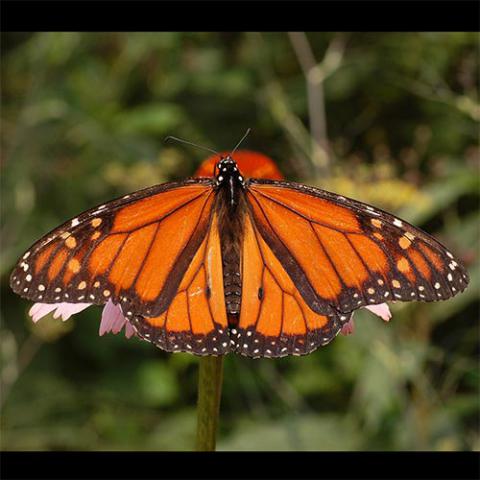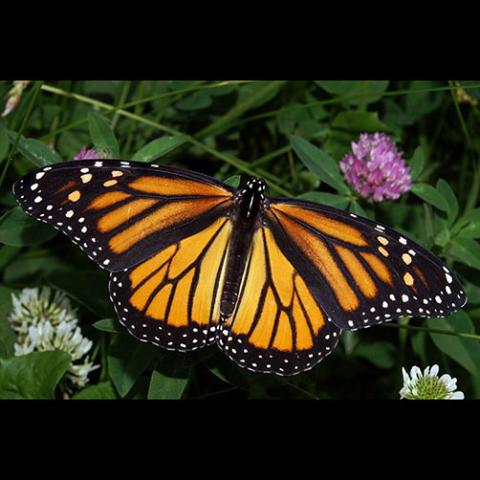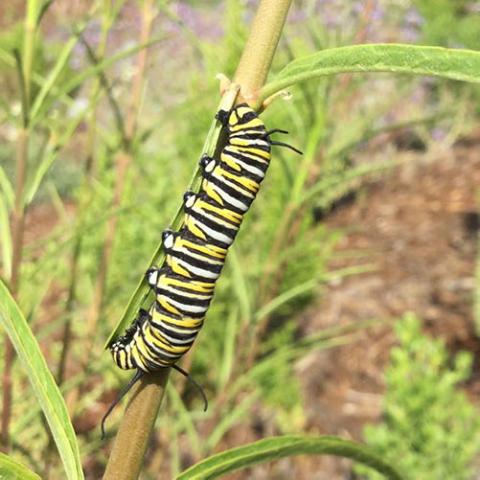NAMES
TAXONOMY
Marshall Islands
Issued:
Stamp:
Danaus plexippus
Guyana
Issued:
Stamp:
Danaus plexippus
Guyana
Issued:
Stamp:
Danaus plexippus
Guyana
Issued:
Stamp:
Danaus plexippus
Guyana
Issued:
Stamp:
Danaus plexippus
Canada
Issued:
Stamp:
Danaus plexippus
Eritrea
Issued:
Stamp:
Danaus plexippus
United States
Issued:
Stamp:
Danaus plexippus
Marshall Islands
Issued:
Stamp:
Danaus plexippus
Guyana
Issued:
Stamp:
Danaus plexippus
Guyana
Issued:
Stamp:
Danaus plexippus
Guyana
Issued:
Stamp:
Danaus plexippus
Guyana
Issued:
Stamp:
Danaus plexippus
Canada
Issued:
Stamp:
Danaus plexippus
Eritrea
Issued:
Stamp:
Danaus plexippus
United States
Issued:
Stamp:
Danaus plexippus
Marshall Islands
Issued:
Stamp:
Danaus plexippus
Guyana
Issued:
Stamp:
Danaus plexippus
Guyana
Issued:
Stamp:
Danaus plexippus
Guyana
Issued:
Stamp:
Danaus plexippus
Guyana
Issued:
Stamp:
Danaus plexippus
Canada
Issued:
Stamp:
Danaus plexippus
Eritrea
Issued:
Stamp:
Danaus plexippus
United States
Issued:
Stamp:
Danaus plexippus
Genus species (Animalia): Danaus plexippus
The monarch butterfly or simply monarch (Danaus plexippus) is a milkweed butterfly (subfamily Danainae) in the family Nymphalidae. Other common names, depending on region, include milkweed, common tiger, wanderer, and black veined brown. It may be the most familiar North American butterfly, and is considered an iconic pollinator species. Its wings feature an easily recognizable black, orange, and white pattern, with a wingspan of 8.9–10.2 cm (3+1⁄2–4 in) A Müllerian mimic, the viceroy butterfly, is similar in color and pattern, but is markedly smaller and has an extra black stripe across each hindwing.
The eastern North American monarch population is notable for its annual southward late-summer/autumn migration from the northern and central United States and southern Canada to Florida and Mexico. During the fall migration, monarchs cover thousands of miles, with a corresponding multi-generational return north. The western North American population of monarchs west of the Rocky Mountains often migrates to sites in southern California but has been found in overwintering Mexican sites as well. Monarchs have been bred on the International Space Station.
Taxonomy
The name "monarch" is believed to have been given in honor of King William III of England, as the butterfly's main color is that of the king's secondary title Prince of Orange. The monarch was originally described by Carl Linnaeus in his Systema Naturae of 1758 and placed in the genus Papilio. In 1780, Jan Krzysztof Kluk used the monarch as the type species for a new genus, Danaus.
Danaus (Ancient Greek Δαναός), a great-grandson of Zeus, was a mythical king in Egypt or Libya, who founded Argos; Plexippus (Πλήξιππος) was one of the 50 sons of Aegyptus, the twin brother of Danaus. In Homeric Greek, his name means "one who urges on horses", i.e., "rider" or "charioteer". Linnaeus wrote that the names of the Danai festivi, the division of the genus to which Papilio plexippus belonged, were derived from the sons of Aegyptus. Linnaeus divided his large genus Papilio, containing all known butterfly species, into what we would now call subgenera. The Danai festivi formed one of the "subgenera", containing colorful species, as opposed to the Danai candidi, containing species with bright white wings. Linnaeus wrote: "Danaorum Candidorum nomina a filiabus Danai Aegypti, Festivorum a filiis mutuatus sunt." (English: "The names of the Danai candidi have been derived from the daughters of Danaus, those of the Danai festivi from the sons of Aegyptus.")
Robert Michael Pyle suggested Danaus is a masculinized version of Danaë (Greek Δανάη), Danaus's great-great-granddaughter, to whom Zeus came as a shower of gold, which seemed to him a more appropriate source for the name of this butterfly.
Description
The monarch's wingspan ranges from 8.9 to 10.2 centimetres (3.5–4.0 in). The upper sides of the wings are tawny orange, the veins and margins are black, and there are two series of small white spots in the margins. Monarch forewings also have a few orange spots near their tips. Wing undersides are similar, but the tips of forewings and hindwings are yellow brown instead of tawny orange and the white spots are larger. The shape and color of the wings change at the beginning of the migration and appear redder and more elongated than later migrants. Wings size and shape differ between migratory and non-migratory monarchs. Monarchs from eastern North America have larger and more angular forewings than those in the western population. Monarchs are commonly and easily mistaken for the similar viceroy butterfly – the two species are Müllerian mimics.
Monarch flight has been described as "slow and sailing", with a flight speed estimated at approximately 9 km/h or 5.5 mph. For comparison, the average human jogs at a rate of 9.7–12.9 km/h (6–8 mph).
Adults are sexually dimorphic. Males are slightly larger than females and have a black patch or spot of androconial scales on each hindwing (in some butterflies, these patches disperse pheromones, but are not known to do so in monarchs). The male's black wing veins are lighter and narrower than those of females.
One variation, the "white monarch", observed in Australia, New Zealand, Indonesia and the United States, is called "nivosus" by lepidopterists. It is grayish white in all areas of its wings that are normally orange and is only about 1% or less of all monarchs, but populations as high as 10% exist on Oahu in Hawaii.
The monarch has six legs like most adult insects, but uses only its middle legs and hindlegs in walking as its forelegs are small, as in all Nymphalidae, and held against its body.
Reference and Photos: Wikipedia

